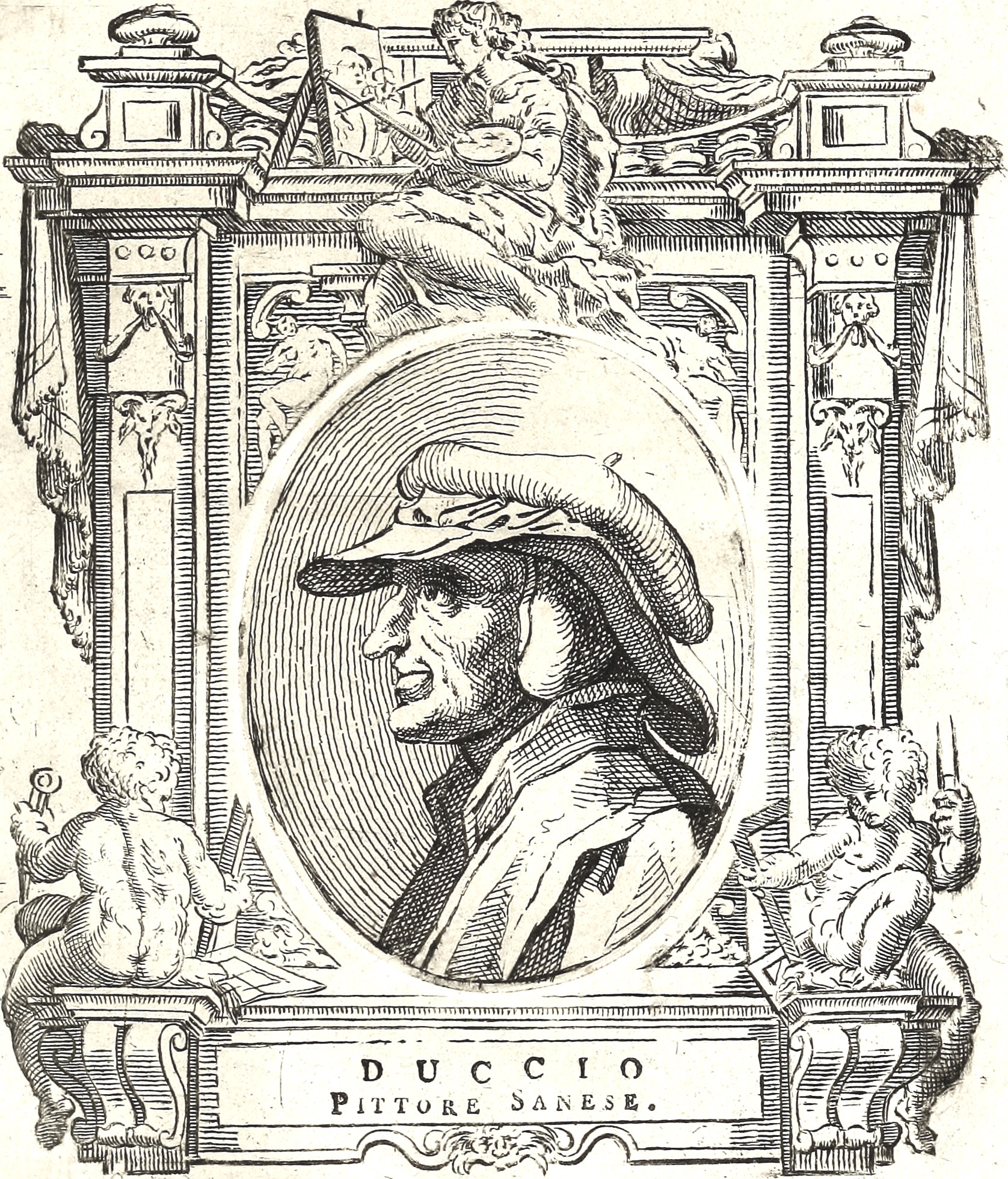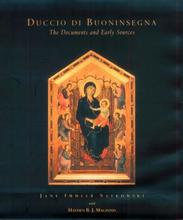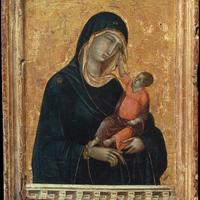More about Duccio di Buoninsegna
- All
- Info
- Shop
Works by Duccio di Buoninsegna

Sr. Contributor
Without any of the recognition that the Renaissance artists enjoyed, Duccio was one of the most influential artists of the medieval period.
Duccio aided in the transition that finally brought some volume to the flat figures of Byzantine icons. He was a significant influence on Giotto, another artist who helped bring Italy into the Renaissance. Whereas the later Renaissance artists like Michelangelo hailed from Florence, Duccio made his name in Siena, sometimes for his art and other times for his bad behavior. It turns out that Duccio was a bit of a wild one.
Let’s just say that Duccio didn’t play by the rules, getting fined left and right for a number of different reasons. He received fines for breaking curfew, not swearing allegiance to an important military official, going AWOL on his military service, misconduct of an undisclosed variety, and even practicing sorcery. All this bad behavior earned him some serious debt, but he also never paid up. After he died, his children renounced his will so they wouldn’t incur their father’s debts.
Duccio’s story is full of many firsts – he probably had an easier time doing this because he lived so early on, but they’re still pretty impressive accomplishments. In a world full of peasants just trying to survive, the Catholic Church was pretty much the only entity able to commission artworks during the Middle Ages, so naturally all these achievements have to do with church art and architecture. In 1288, he created the designs for the oldest surviving example of stained glass made by an Italian artist. Catholics loved a good altarpiece, and the people of Duccio’s time were blown away by the scale and mastery of the 1311 Maesta altarpiece for the stunning Cathedral of Siena.
Unlike his Florentine counterpart Giotto, Duccio’s pupils actually went on to do great things for the history of Italian Renaissance art, proving that the Middle Ages weren’t all that dark. Centuries later, people remained obsessed with the medieval period. Sir Fredric Leighton painted scenes of what he imagined the grand processions of late medieval Italy looked like, as the medieval was quite fashionable during the nineteenth century.
Sources
- Christiansen, Keith. “Duccio and the Origins of Western Painting.” The Metropolitan Museum of Art Bulletin. Volume 66, Number 1, Summer, 2008.
- Encyclopedia Britannica. “Duccio.” Biography. https://www.britannica.com/biography/Duccio. Accessed 25 September 2019.
- Hartt, Frederick, and David G. Wilkins. History of Italian Renaissance Art: Painting, Sculpture, Architecture. Upper Saddle River, NJ: Pearson Prentice Hall, 2007.
- National Gallery of Art. “Duccio di Buoninsegna.” Biography. Collection. https://www.nga.gov/collection/artist-info.1249.html. Accessed 25 September 2019.
- The Metropolitan Museum of Art. “Madonna and Child.” Collection. https://www.metmuseum.org/art/collection/search/110003462. Accessed 25 September 2019.
Featured Content
Here is what Wikipedia says about Duccio
Duccio di Buoninsegna (UK: /ˈduːtʃioʊ/ DOO-chee-oh,
Italian: [ˈduttʃo di ˌbwɔninˈseɲɲa]; c. 1255–1260 – c. 1318–1319), commonly known as just Duccio, was an Italian painter active in Siena, Tuscany, in the late 13th and early 14th century. He was hired throughout his life to complete many important works in government and religious buildings around Italy. Duccio is considered one of the greatest Italian painters of the Middle Ages, and is credited with creating the painting styles of Trecento and the Sienese school. He also contributed significantly to the Sienese Gothic style.
Check out the full Wikipedia article about Duccio












